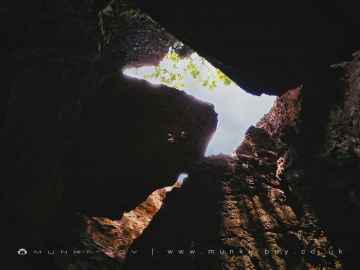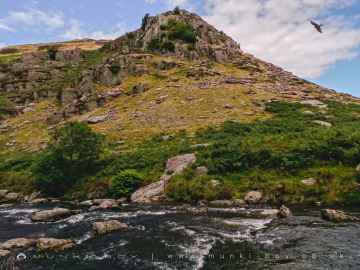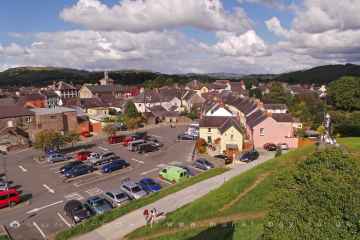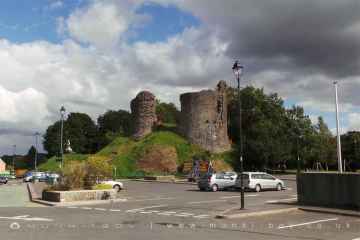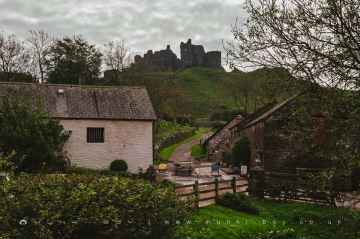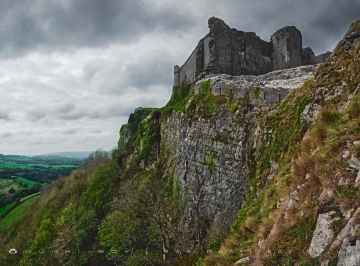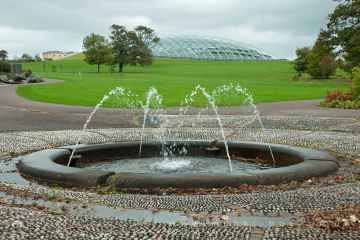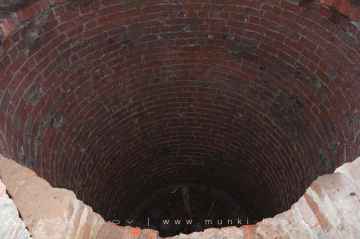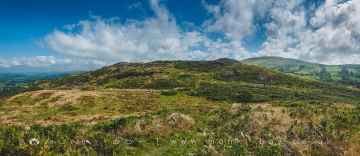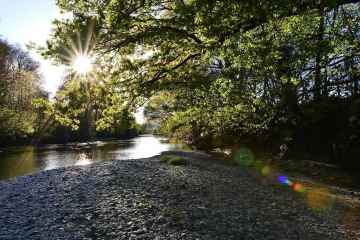Kidwelly
Kidwelly is a Town in the county of Carmarthenshire.
There are great places to visit near Kidwelly including some great caves, nature reserves, towns, castles, villages, ruins, gardens, historic buildings, ancient sites and rivers and streams.
Caves to visit near Kidwelly include Ogof Twn Siôn Cati, and Carreg Cennen Castle Caves.
RSPB Gwenffrwd-Dinas Nature Reserve is one of Kidwelly's best, nearby nature reserves to visit in Kidwelly.
Kidwelly's best nearby towns can be found at Llandovery, and Carmarthen.
Llandovery Castle - Castell Llanymddyfri, Carreg Cennen Castle, and Carmarthen Castle are some of Kidwelly best castles to visit near Kidwelly.
The area around Kidwelly boasts some of the best villages including Castell, and Bethlehem.
The area around Kidwelly features a number of interesting ruins including Carreg Cennen Castle, Carreg Cennen Limekiln, and Carmarthen Castle.
The area close to Kidwelly boasts some of the best gardens including National Botanic Garden of Wales.
Middleton Hall Ice House is one of Kidwelly's best, nearby historic buildings to visit in Kidwelly.
Garn Goch Y Gaer Fach is one of Kidwelly's best, nearby ancient sites to visit in Kidwelly.
There are a number of rivers and streams near to Kidwelly including Rivery Towy (Tywi) at Carmarthen.
Kidwelly History
There are some historic monuments around Kidwelly:
Places to see near Kidwelly
History of Kidwelly
The earliest written form of the name, ‘Cetgueli’, is recorded by the monk, Nennius, writing in the 9th century. One theory is that the name means the land, territory, or kingdom of Cadwal. Another theory is that the name is the combination of the two words Cyd (joint) and Gweli (bed), i.e., the joining of the two river beds Gwendraeth Fawr and Gwendraeth Fach, wherein Cydweli lies. The town itself is ancient, established by written records at around 1106 AD.
The substantial and well preserved castle and church were established by the invading Normans in 1106. The earliest castle on the site was a typical Norman motte and bailey design that was made of earth and timber. The 13th century re-design was commissioned by Edward I Longshanks as a strategic part of his ‘Ring of Steel’ oppression against the Welsh. At the time of the stone castle’s creation, Kidwelly benefited from the latest strategic military thinking in castle design. It had a concentric design with one circuit of defensive walls set within another to allow the castle to be held even if the outer wall should fall. The great gatehouse was begun late in the 14th century but it wasn’t completed until 1422, somewhat due to the Welsh rebel Owain Glyndŵr’s efforts to reclaim Welsh independence.
A field in the neighbouring forest of Kingswood, Maes Gwenllian is known as the location of a battle in 1136, in which Princess Gwenllian, sister of Owain Gwynedd, led her husband’s troops into battle against a Norman army during his absence. She is believed to have been killed either during the battle or shortly afterwards, historians debate whether her death was at Maes Gwenllian or if she was marched back to Kidwelly Castle to be beheaded there.
Although being an ancient town, Kidwelly grew significantly during the industrial revolution, as did many other towns in southern Wales. The town was home to a large brickworks and tinworks. Little evidence now exists of such activities since the closure of the industrial works, with the exception of Kidwelly Industrial Museum.










